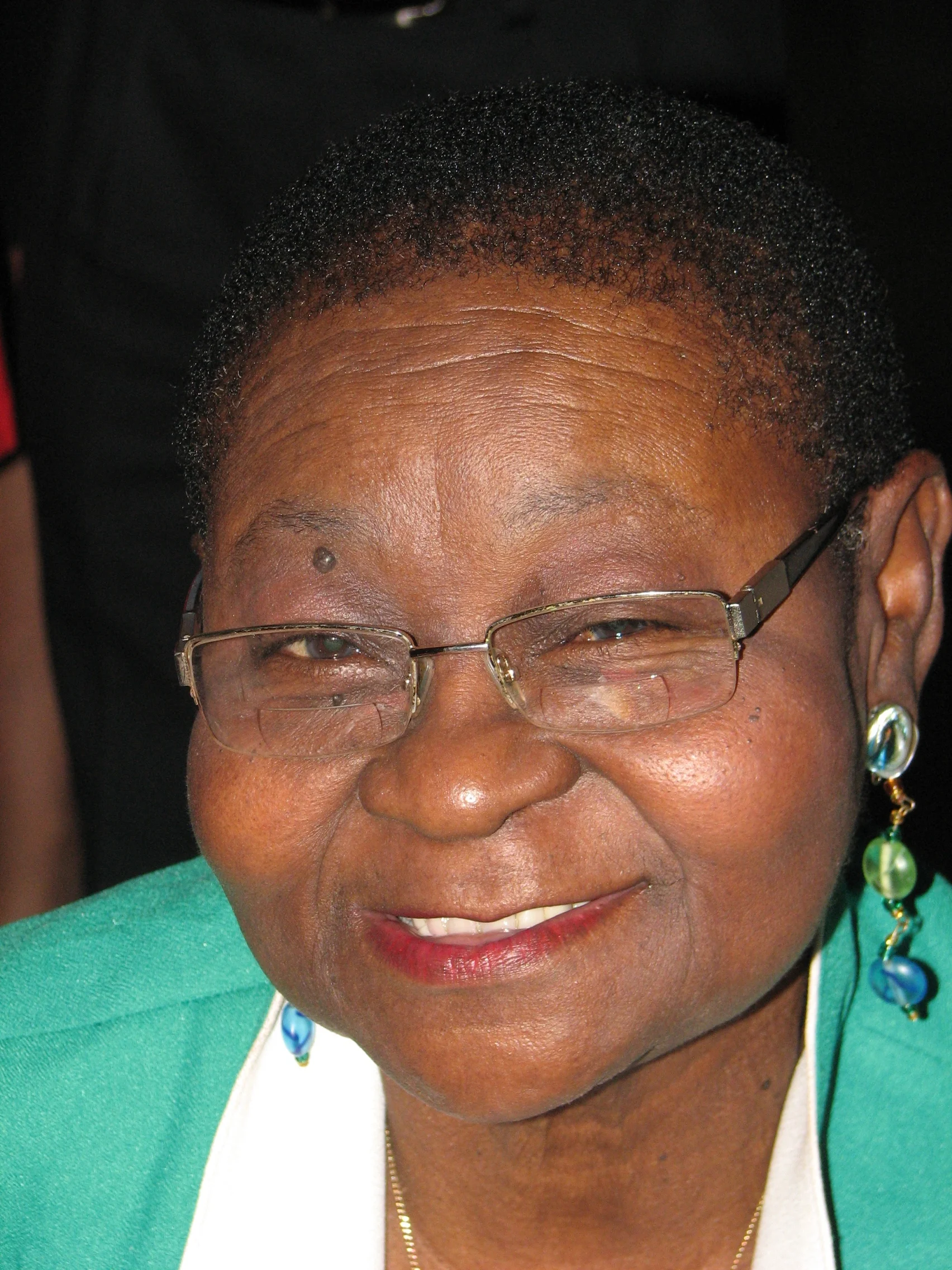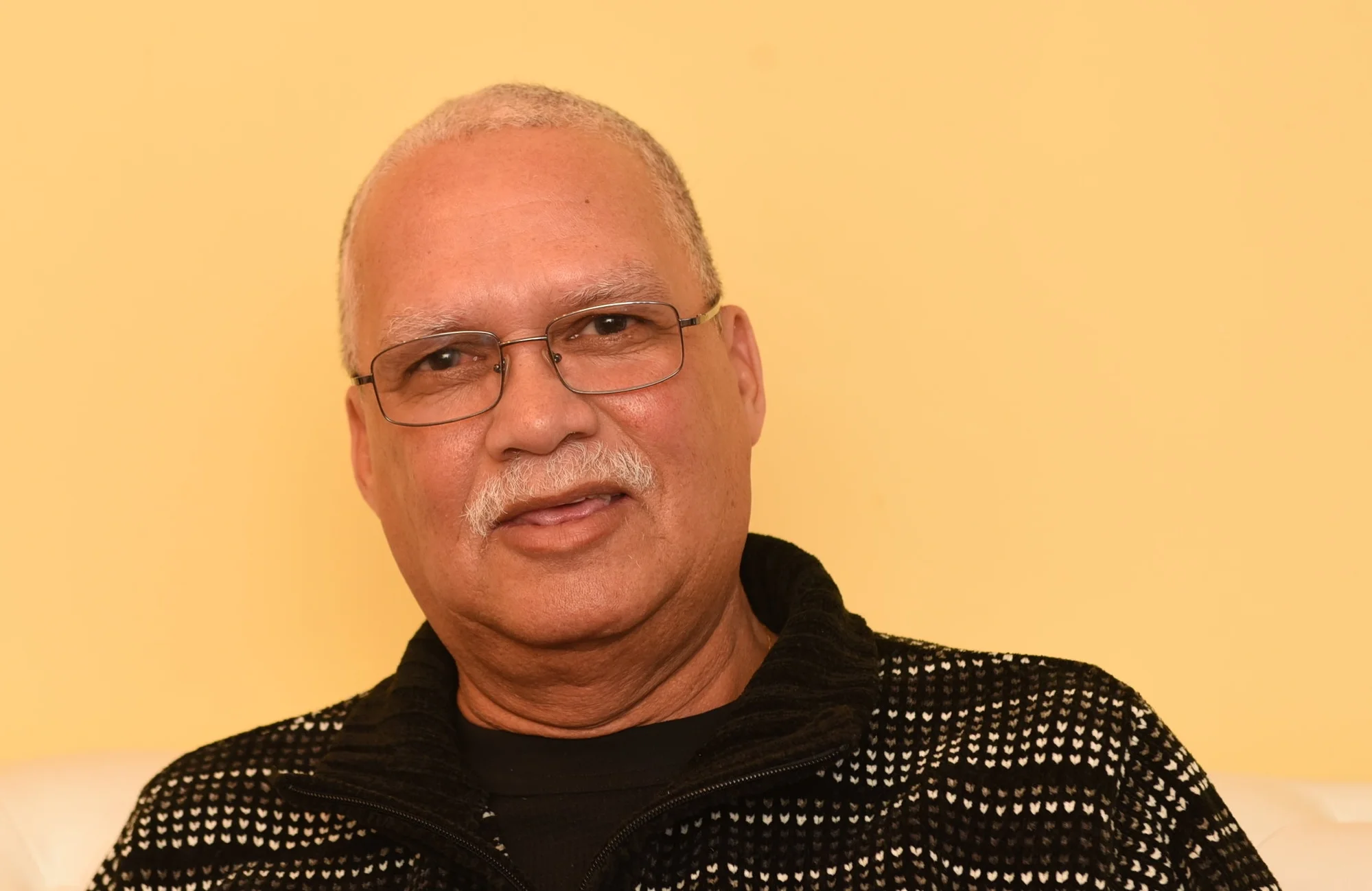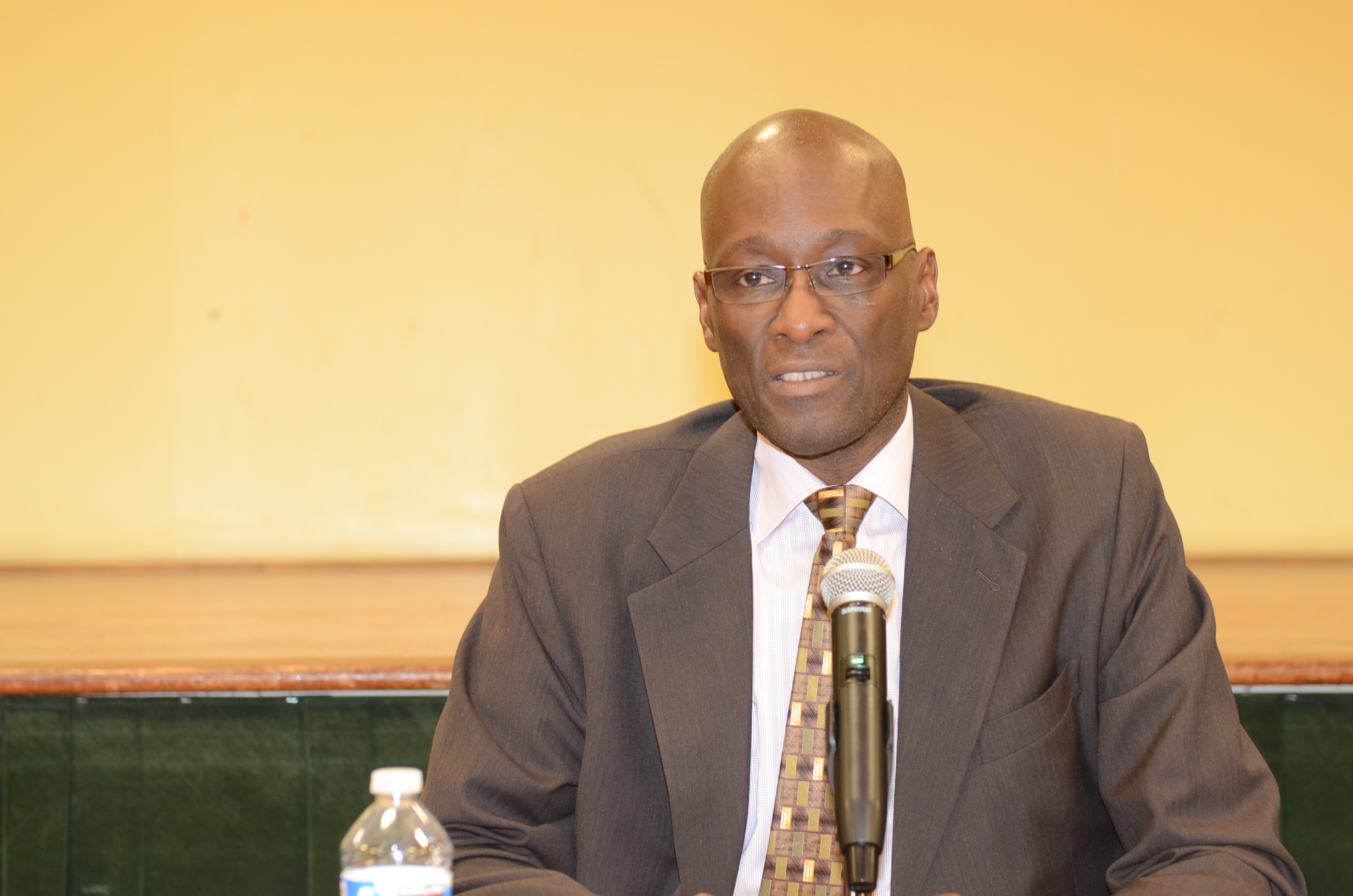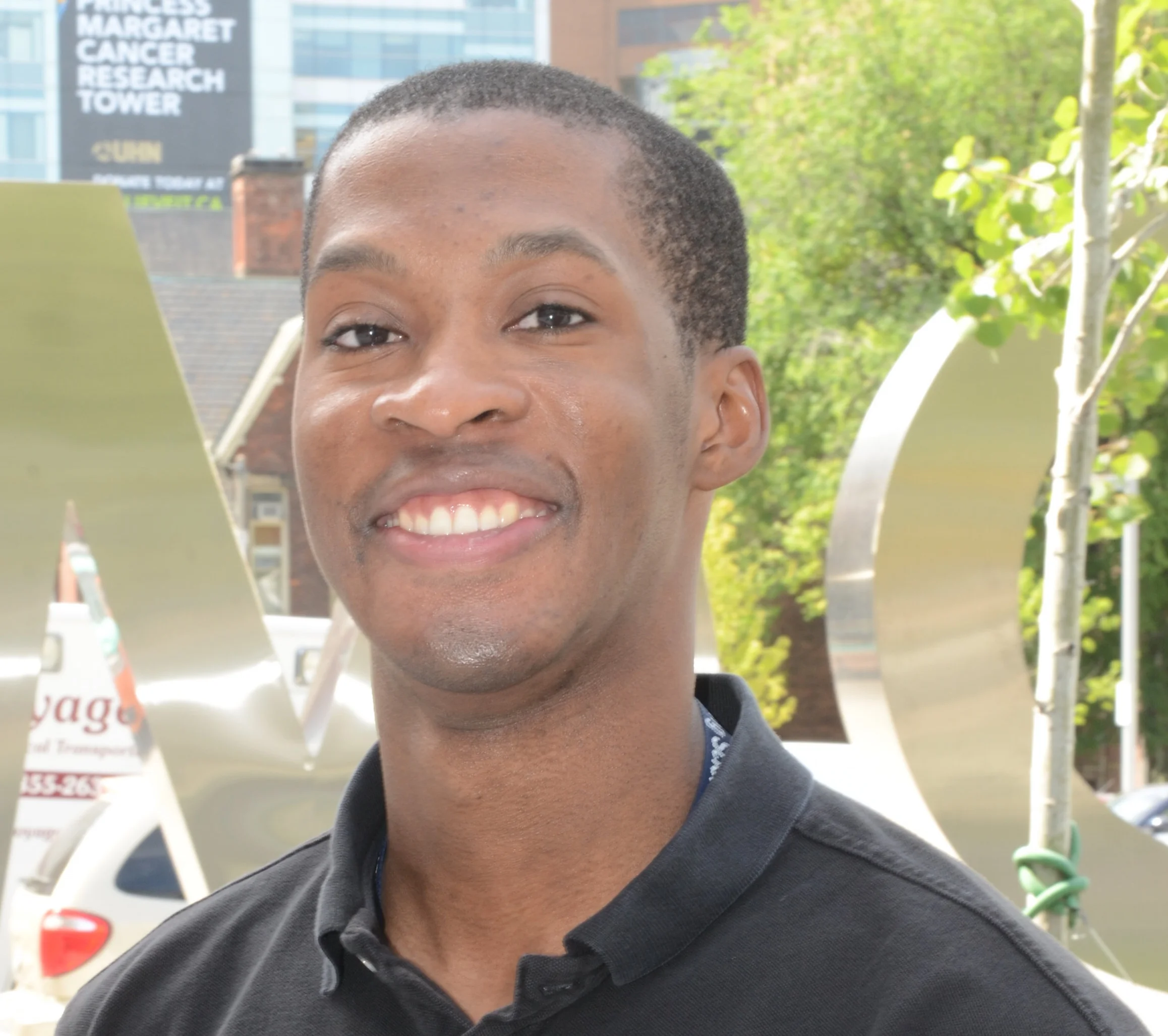Academic star Kai James making waves south of the border
February 1, 2018
There was never a doubt that Dr. Kai James was going to be an academic star.
The only question was how brightly he would shine.
It didn’t take long to find out.
In just his second year as an assistant professor in the aerospace engineering department at the University of Illinois at Urbana-Champaign, James was awarded the American Institute of Aeronautics & Astronautics (AIAA) Illinois chapter 2017 Teacher of the Year Award.
“Out of all the professors and instructors in the department, to be chosen by the students in just my second year at the university was a surprise and quite the honour,” he said. “I think my department has great faculty, both in terms of research and teaching…I always enjoyed teaching and felt it was something that I could be effective at.”
James taught mechanics of aerospace structures in his first semester in 2015, nonlinear solid mechanics design in the spring last year and finite element analysis in the fall two years ago.
“In and out of the classroom, Kai has proved to be a teacher that cares about his students’ performances and knows his subject matter well,” said AIAA student chapter president Joseph Billhart. “He strives to explain the material to students through derivations and examples and supplement that with assignments that challenge the best of his students. He also participates in extra-curricular activities within the AE department to support the students’ efforts.”
The recipient of multiple scholarships and awards, including the Harry Jerome in 2000 for academic brilliance, James excelled in calculus, physics and math while enrolled in Pickering High School where he wrote a poignant letter, ‘Dear High School Teacher’, in his freshman year in 1998 that garnered significant attention and was published in ‘Educating African Canadians’ co-edited by University of Toronto (U of T) Transitional Year Program co-founder Keren Brathwaite and York University professor Carl James who is his father.
“I just felt like students, we weren’t encouraged to be critical and independent thinkers,” said James. “That letter was meant to send a message that students’ opinions should be taken seriously and be valued as much of those of the teachers and that together with the teachers we would be able to shape the way we learn and what we learn.”
No one knows if his high school teachers paid attention to that letter.
What is known is that James relished his time there and grew intellectually.
“It was at Pickering High that the vision of what I wanted to do with my life started to come into focus,” he pointed out. “I got an opportunity to be challenged in the courses I engaged in, to delve more deeply into the subjects that interested me and expand my horizons.”
James spent 12 years at U of T, completing a bachelor’s degree in engineering science in 2004, and a Master’s and PhD. in aerospace engineering.
“Getting those three degrees at U of T was critical in a sense that they gave me the credentials,” he said. “In order to be professor, I had to have a PhD. But more importantly, it is vital that you have a doctorate from a top school which U of T afforded me and also one that that allows you to produce research. With the calibre of faculty at U of T, I was able to produce good research. I wrote a good thesis and published several papers that allowed me to secure a three-year post-doctoral research scientist positon at Columbia University. U of T positioned me to be able to land that role which ultimately led to my current position.”
James has several fond memories of his time at U of T where he was a teaching assistant and lecturer in the faculty of engineering.
“I guess I cycled through several social circles during the course of my time there,” he said. “There was a strong and active Black student community and I remember just hanging out in the library lobby and talking about student life and community development events we planned. There was a strong sense of community that I enjoyed.”
James’ doctoral thesis, ‘Aerostructural Shape & Topology Optimization of Aircraft Wings’, presented several novel algorithms and mathematical tools for performing topology optimization of aircraft wings.
His research interests are in the areas of computational mechanics and multidisciplinary design optimization with a focus on problems involving complex nonlinear structures and aerolasticity.
“I refer to my research as design optimization,” he said. “What I do is develop computer algorithms that simulate the behaviour of structures and mechanisms. A lot of the research I do deal with aircrafts. So we might want to optimize the design of the structure of the airframe in order to make the aircraft lighter and fuel efficient so that it burns less fuel. Recently, I have been looking at combining design optimization with manufacturing. We are really interested in looking at ways that we can incorporate our knowledge of the 3D printing process to generate designs that are manufacturable via this technology, but also designs that will optimally leverage the unique capabilities of the 3D printing process.”
Beyond his technical interests, James is passionate about increasing diversity in the Science, Technology, Engineering and Mathematics (STEM) fields through outreach to economically disadvantaged students, women, and underrepresented minorities
While at Columbia, he took part in a program mandated to increase the number of under-represented students enrolling in engineering graduate school. In Chicago, he mentors a Black student working on a research project and takes every opportunity to introduce young people to engineering.
“I think it’s important that young people get exposure to what engineering is and be told that this is a viable career option that they can and should consider,” he said. “It is also good for them to see faces that look like them. “
An only child, James said the unwavering support of his parents enabled him to successfully pursue his academic pursuits.
His father is the Jean Augustine chair in education, communication and diaspora at York University while his mom – Rosita Thompson -- is a retired Bell Canada employee.
“Whenever I was late in completing my homework, my mother would stay up late at night with me and even read out my essays so I could be able to type fast and finish my assignments on time,” he said. “My dad frequently took me to university campuses and to some of his classes, so I was always exposed to academia. That certainly helped me to see that there was an option where I could potentially be successful. My father also helped me with my math homework and when I was applying to graduate school and for faculty positions, he assisted with my personal statements. He copy edited my essays and offered professional advice about how to navigate academia which is something that can be complex. Having him as a mentor and someone who is successful in academia helped to smoothen the path for me.”
The University of Illinois at Urbana-Champaign is the alma mater of 10-time Canadian 100-metre hurdles champion Perdita Felicien who was among last year’s inaugural Athletics Hall of Fame class.
Last September, James attended the Illinois/Nebraska football game where Felicien and the other inductees were introduced at half-time.
“I didn’t even know that she attended the university until her name was announced,” he said. “I felt proud to know that she graduated from the same institution I am now teaching at and we are Canadians.”






